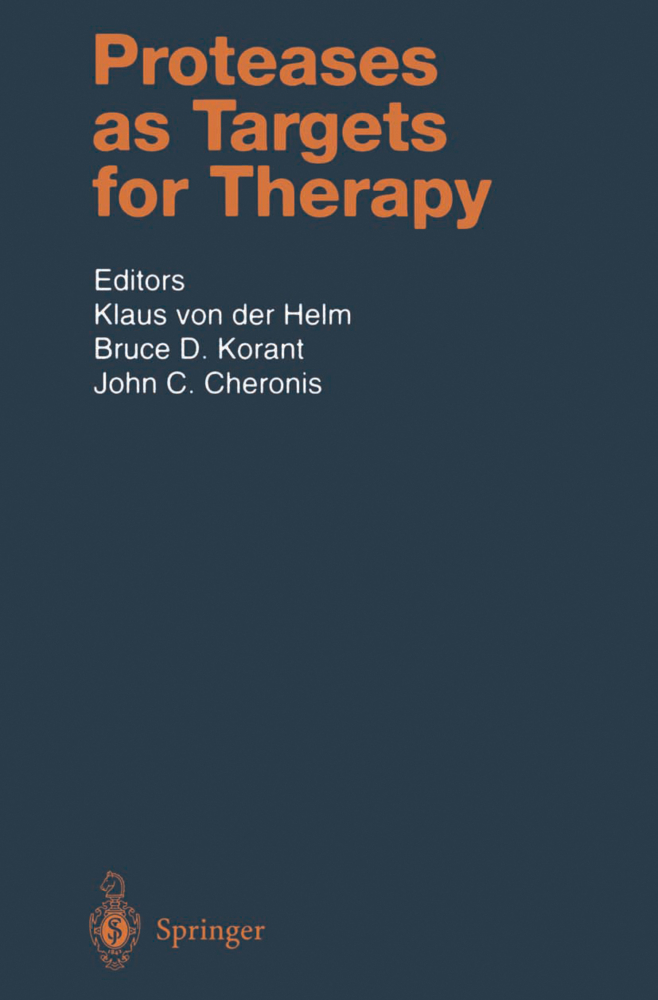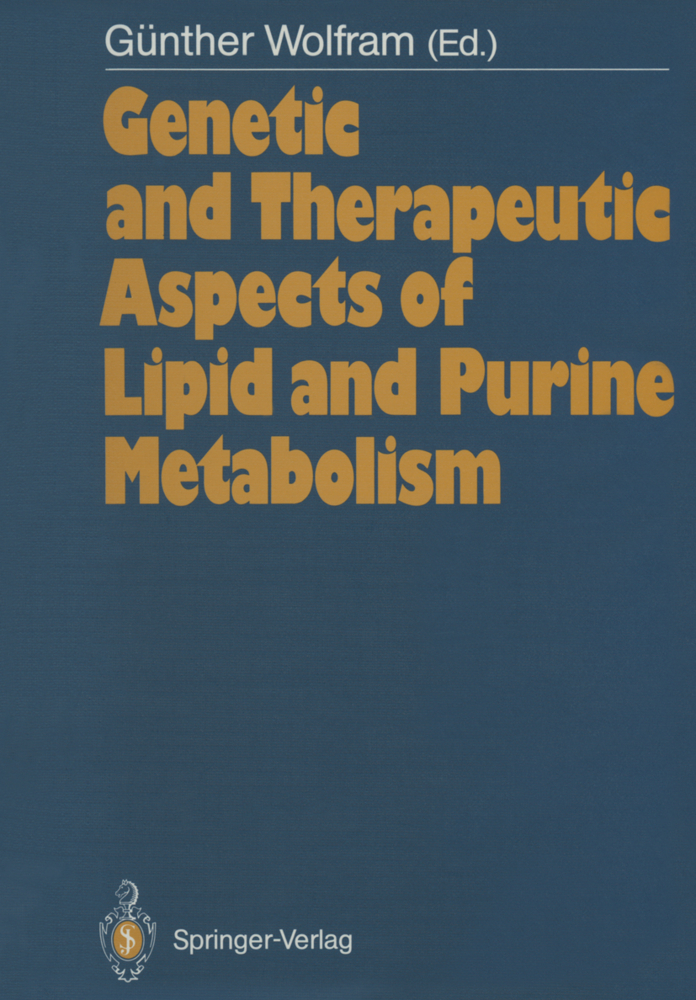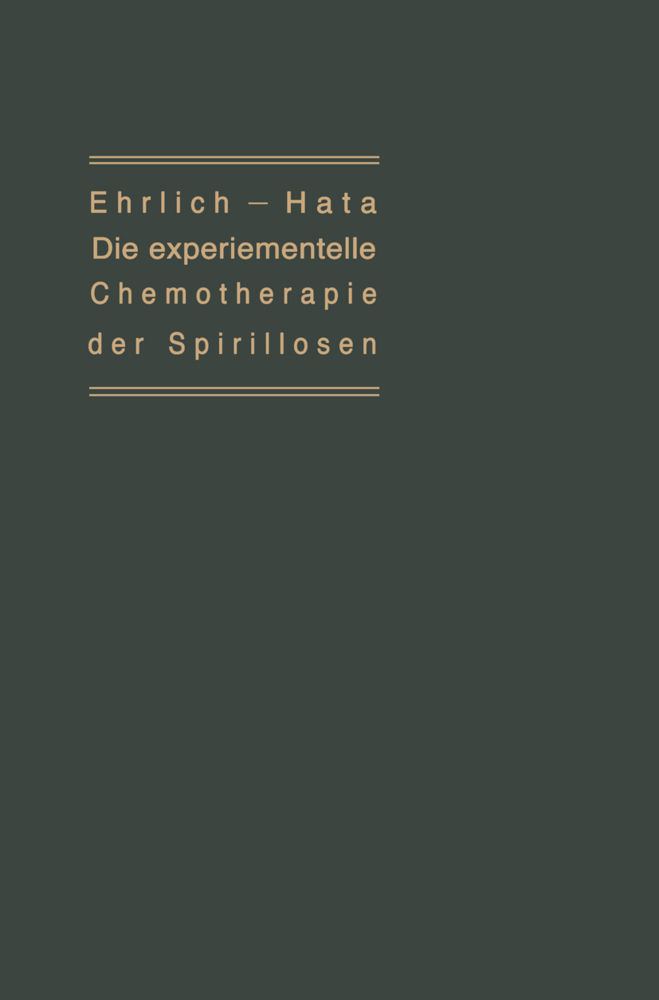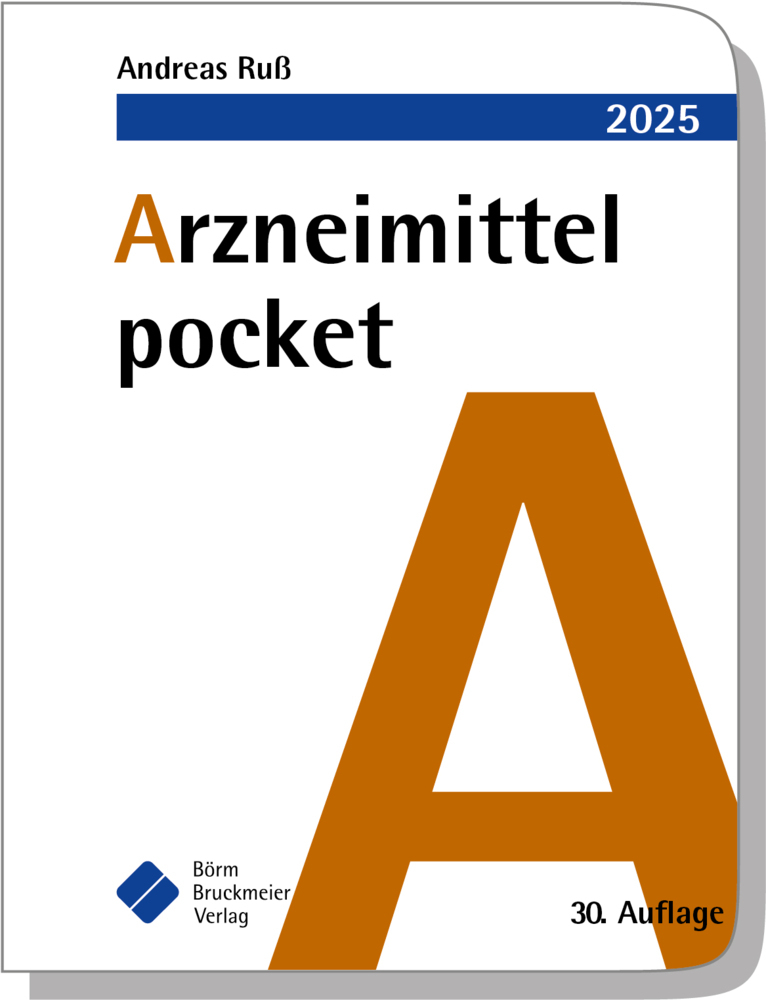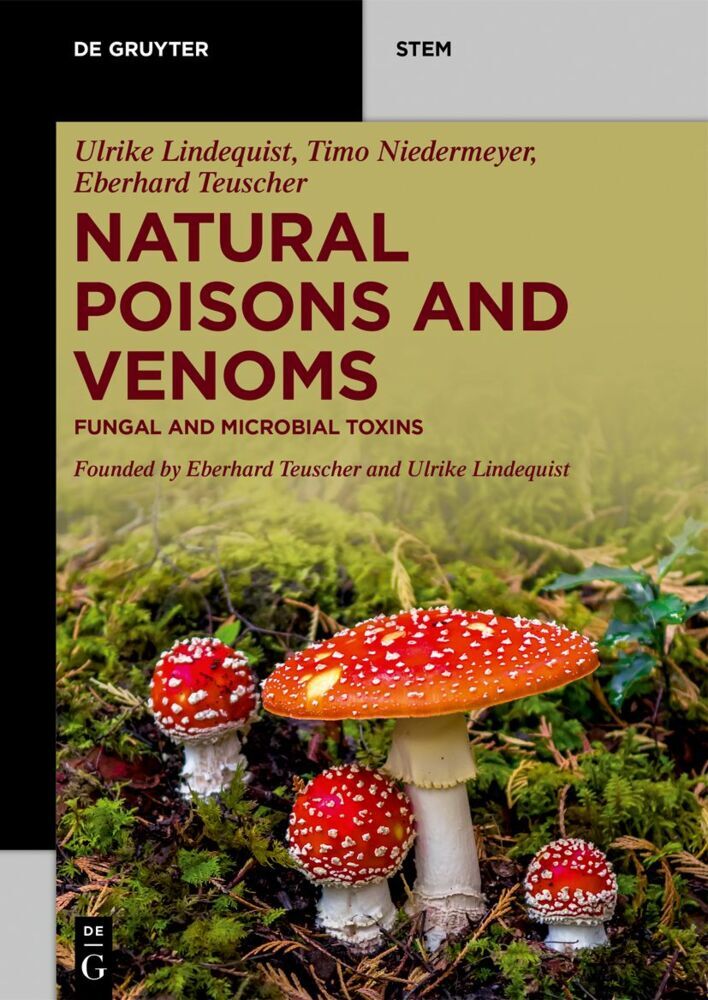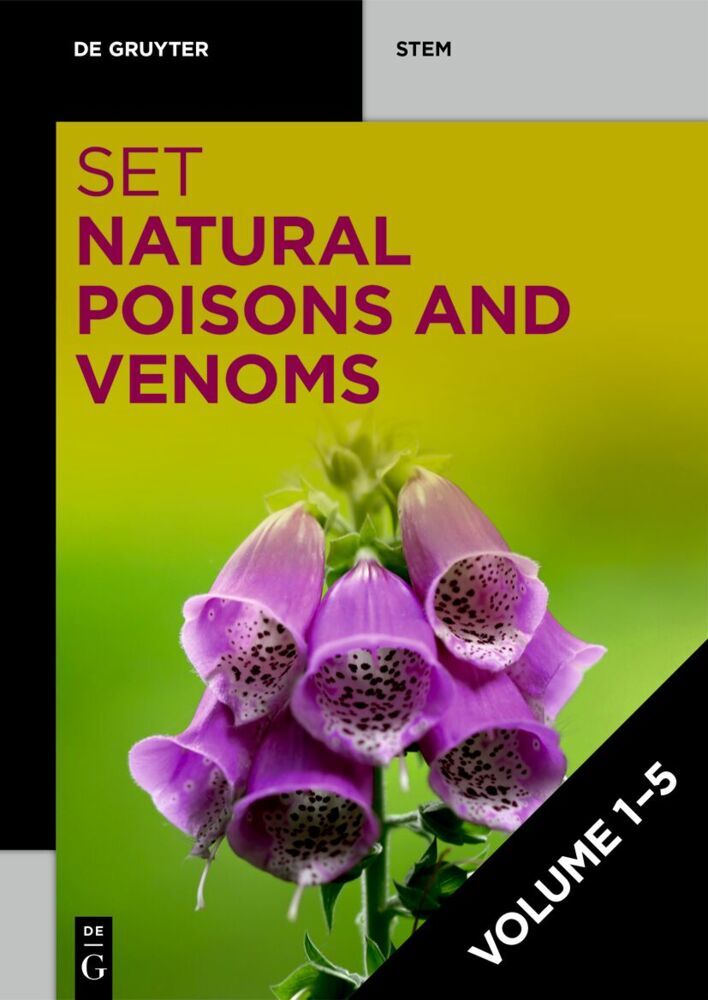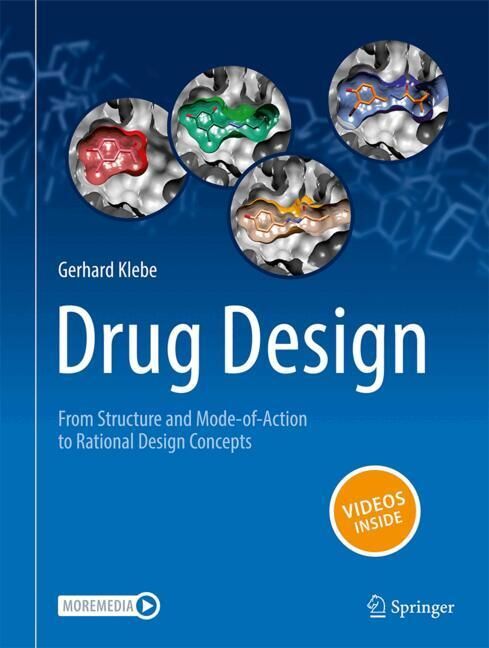Proteases as Targets for Therapy
Proteases as Targets for Therapy
Proteolytic enzymes and their natural antagonists, the protease inhibitor pro teins, play a crucial role in the physiology and pathology of living organisms including humans. Remark able advantages revealed their wide functional context. Proteases digest food proteinase in the digestive tract and liberate poly peptide hormones, stimulating gastric and pancreatic secretion. Proteases are involved during fertilization in sperm - egg interaction, ovulation, ovum implantation and parturition. Proteases of the renin-angiotensin and kallikrein-kinin systems act synergistically to generate blood pressure regu lating polypeptides. In wound healing a battery of proteases is involved in the proteolytic cascades of clotting, fibrinolysis and tissue repair.Another battery of very different proteases directs the immune defense via several routes, i.e. complement activation, antigen presentation, the generation of chemokines and chemotaxins directing phagocytes to the site of injury or infection and the generation of cell-stimulating factors such as cytokines regulating the inflam matory response of the organism.Granzymes contribute to the toxicity of lym phocytes or killer cells,caspases regulate physiological cell death and calpains intracellular signaling cascades.The energy-dependent proteasome-ubiquitin system controls highly efficientl y the activity or level of intracellular proteins, including cell-cycle regulators, transcription and signal transduction factors, oncoproteins and short-lived metabolic enzymes.And this listing is far from complete.
2 Clinical Experience with Human Immunodeficiency Virus Protease Inhibitors: Antiretroviral Results, Questions and Future Strategies
3 The Nature of Resistance to Human Immunodeficiency Virus Type-1 Protease Inhibitors
4 The Next Generation of Human Immunodeficiency Virus Protease Inhibitors: Targeting Viral Resistance
Section II. Other Viral (Non-HIV) Protease Inhibitors
5 The Proteinases Encoded by Hepatitis C Virus as Therapeutic Targets
6 The Human Herpes-Virus Proteases
7 The 3C Proteinases of Picornaviruses and Other Positive-Sense, Single-Stranded RNA Viruses
8 Adenovirus Proteinase-Antiviral Target for Triple-Combination Therapy on a Single Enzyme: Potential Inhibitor-Binding Sites
9 Proteinases as Virulence Factors in Bacterial Diseases and as Potential Targets for Therapeutic Intervention with Proteinase Inhibitors
10 Parasite Proteases as Targets for Therapy
Section III. (Non-Viral) Proteases Involved in Diseases
11 Host Proteinases as Targets for Therapeutic Intervention
12 The Role of Metalloprotease Inhibitors in Cancer and Chronic Inflammatory Diseases
13 The Tumor Necrosis Factor-? Converting Enzyme
14 Serine Elastases in Inflammatory and Vascular Diseases
15 Inhibitors of Thrombin and Factor Xa
16 Inhibitors of Papain-Like Cysteine Peptidases in Cancer
17 Caspases and Their Natural Inhibitors as Therapeutic Targets for Regulating Apoptosis
18 Proteasome and Apoptosis
19 Proteolytic Processing of the Amyloid Precursor Protein of Alzheimer's Disease
20 Presenilins and ?-Amyloid Precursor Protein-Proteolytically Processed Proteins Involved inthe Generation of Alzheimer's Amyloid ? Peptide.
Section I. Human Immunodeficiency Virus Protease Inhibitors
1 The Road to Fortovase. A History of Saquinavir, the First Human Immunodeficiency Virus Protease Inhibitor2 Clinical Experience with Human Immunodeficiency Virus Protease Inhibitors: Antiretroviral Results, Questions and Future Strategies
3 The Nature of Resistance to Human Immunodeficiency Virus Type-1 Protease Inhibitors
4 The Next Generation of Human Immunodeficiency Virus Protease Inhibitors: Targeting Viral Resistance
Section II. Other Viral (Non-HIV) Protease Inhibitors
5 The Proteinases Encoded by Hepatitis C Virus as Therapeutic Targets
6 The Human Herpes-Virus Proteases
7 The 3C Proteinases of Picornaviruses and Other Positive-Sense, Single-Stranded RNA Viruses
8 Adenovirus Proteinase-Antiviral Target for Triple-Combination Therapy on a Single Enzyme: Potential Inhibitor-Binding Sites
9 Proteinases as Virulence Factors in Bacterial Diseases and as Potential Targets for Therapeutic Intervention with Proteinase Inhibitors
10 Parasite Proteases as Targets for Therapy
Section III. (Non-Viral) Proteases Involved in Diseases
11 Host Proteinases as Targets for Therapeutic Intervention
12 The Role of Metalloprotease Inhibitors in Cancer and Chronic Inflammatory Diseases
13 The Tumor Necrosis Factor-? Converting Enzyme
14 Serine Elastases in Inflammatory and Vascular Diseases
15 Inhibitors of Thrombin and Factor Xa
16 Inhibitors of Papain-Like Cysteine Peptidases in Cancer
17 Caspases and Their Natural Inhibitors as Therapeutic Targets for Regulating Apoptosis
18 Proteasome and Apoptosis
19 Proteolytic Processing of the Amyloid Precursor Protein of Alzheimer's Disease
20 Presenilins and ?-Amyloid Precursor Protein-Proteolytically Processed Proteins Involved inthe Generation of Alzheimer's Amyloid ? Peptide.
Helm, Klaus von der
Korant, Bruce D.
Cheronis, John C.
| ISBN | 978-3-642-63023-1 |
|---|---|
| Artikelnummer | 9783642630231 |
| Medientyp | Buch |
| Copyrightjahr | 2012 |
| Verlag | Springer, Berlin |
| Umfang | XXVIII, 410 Seiten |
| Abbildungen | XXVIII, 410 p. 80 illus., 13 illus. in color. |
| Sprache | Englisch |

